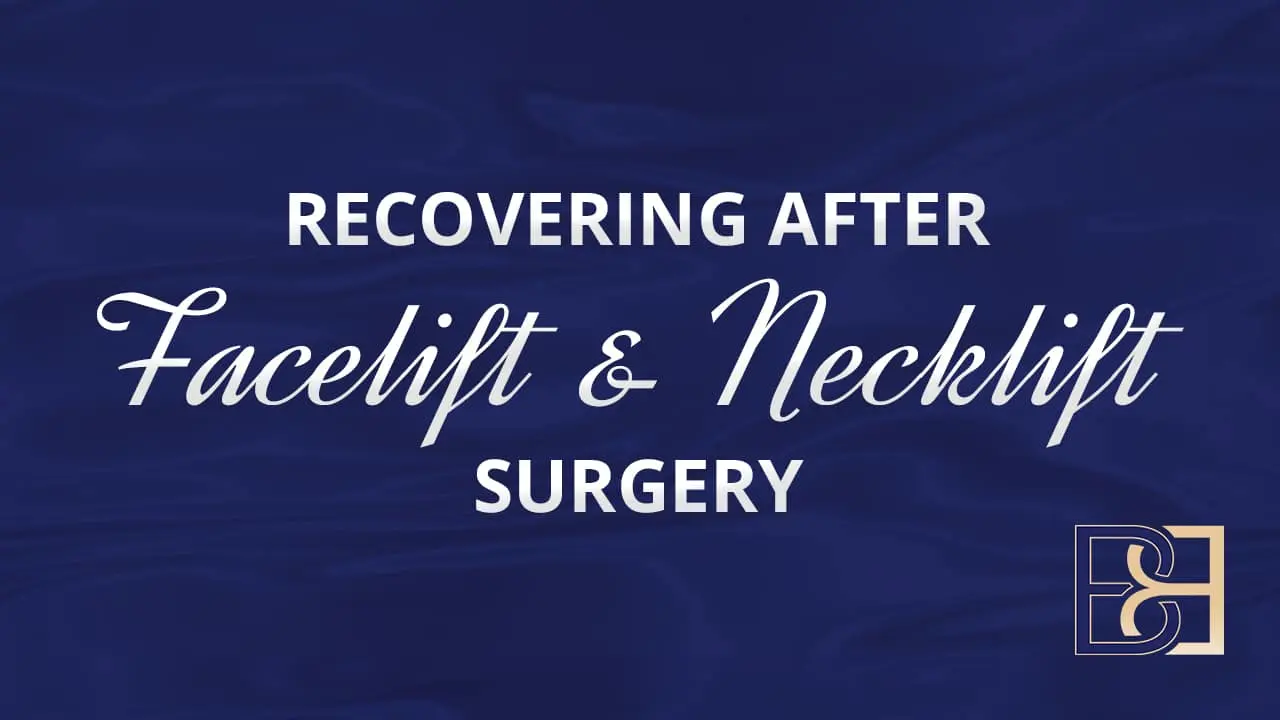Facelift and neck lift surgery can significantly ** your appearance. However, as with all operations it is important to be aware that complications can happen. It is therefore important that you see a Specialist Surgeon who is experienced in these operations, a surgeon such as Dr Beldholm.
Book your appointment online now
General Risks
As with any surgical procedure, patients can suffer a number of complications unrelated to their specific operation. However, for those who are ** and do not take any medications, these complications are very rare. The risks increase for those with a number of health problems and can include:
- Heart problems (although very uncommon with modern anaesthetic techniques).
- Lung problems — small areas of the lungs may collapse, increasing the risk of chest infection. Such problems may require antibiotics and physiotherapy.
- Other potential lung complications are quite rare.
- Clots in the legs with pain and swelling. Rarely, part of such a clot may break off and travel to the lungs, causing fatal complications.
- Allergic reactions to medications.
Specific risks
Smoking
Patients are advised that smoking before a facelift will increase complication rates threefold. During a facelift, a large area under the skin is undermined and the blood supply to the skin depends on blood vessels that are very far from the site of healing. Please note that the blood supply to the area being operated on is reduced, even in young non-smokers with no health problems. Nicotine, carbon monoxide, and many other toxic tobacco by-products clearly interfere with the dynamics of normal wound repair.
Their adverse effects can include:
- Causing direct tissue injury within the microvasculature (network of tiny blood vessels).
- Inhibiting cellular populations involved in propagating healing.
- Producing hormones that actually retard wound repair.
- Reducing blood flow and oxygen delivery to the skin and extremities.
- Necrosis (skin death). To optimise your surgical results, Dr. Beldholm requests patients stop smoking for four weeks before and four weeks after surgery.
These recommendations are based on conclusive medical findings. Nicotine patches or gum should not be used to take the place of cigarettes or cigars as they are also associated with increased complications.
Mild complications
Wound infection is perhaps the most common complication. Such infections, which generally respond well to antibiotics, are usually superficial. Although small areas of wound breakdown sometimes occur, these heal well over a few weeks if the wound is dressed regularly.
Uncommon and rare complications
As with every surgical procedure or operation, there are always risks and, in very extreme cases, fatalities.
Serious complications of a facelift are uncommon but include:
- Copious bleeding, which may require a return to theatre, to remove the blood and seal the blood vessels.
- Seroma or excessive fluid build-up under the skin of the operated area. Although this condition may require drainage with a needle, it usually settles down without the need for a further operation.
- Fat necrosis occurs when fat cells lose blood flow and die. The liquefied fat cells can then harden underneath the skin over time, causing lumpiness.
- Poor wound healing (hypertrophic or keloid scar). In these instances, the scar can permanently thicken, turn red, be painful and disfiguring. Usually it takes up to 12 months for a wound to heal and demonstrate the final result. Please be aware that, with Dr Beldholm’s techniques, scars are minimised.
- Necrosis (skin death) generally occurs in patients who have not stopped smoking before their operation. With this condition the skin dies and there is an open wound. Generally, if this wound is dressed daily, it will heal up in a couple of months, with the final result usually quite acceptable.
- An additional procedure such as a brow lift may be required after a facelift has been performed.
- Loss of sensation in the skin.
- Asymmetry. Although asymmetry of the face, cheeks or other areas will have been present prior to the procedure, it may become more visible following the operation.
- Chronic pain can be a very rare complication.
- Hair loss may occur in areas of the face where the skin was elevated during surgery. The likelihood of this is not predictable.
- There is the possibility of a poor result from facelift surgery. Such an outcome would include risks such as unacceptable visible deformities, loss of facial movement, wound disruption and loss of sensation. You may be disappointed with the results of surgery and, infrequently, it is necessary to perform additional surgery to improve your results.
- Nerve injuries
The two main sets of nerves that can be injured during a facelift are sensory nerves and motor nerves to the muscles controlling facial expression. These injuries are rare (that is in the order of less than one per cent). Although most nerve injuries are temporary, resolving over a few months, some can be permanent and difficult to treat.
Facial nerve
The facial nerve supplies the muscles of facial expression, coming out through the parotid gland. It is generally well protected and has five main branches. If an injury occurs, it usually involves one of the peripheral facial nerve branches. Such injuries can lead to conditions such as droopy eyebrows or an asymmetrical smile.
Sensory nerves
These supply sensation to the skin. The most commonly injured nerve is the great auricular nerve, which supplies sensation to the ear lobe. Although usually this is not a major concern as sensation will return, sometimes the nerve develops a neuroma (painful nerve ending) that will require further treatment.
Parotid duct fistulas
Parotid duct fistulas are abnormal connections between the parotid salivary gland and the skin caused by damage to the parotid gland during surgery. This is a very rare complication.
Pixie ear
Pixie ear is a term that refers to pulling down of the earlobe after a facelift. This is one of the signs of a poorly performed facelift. To achieve a ** the key is to avoid this issue.




